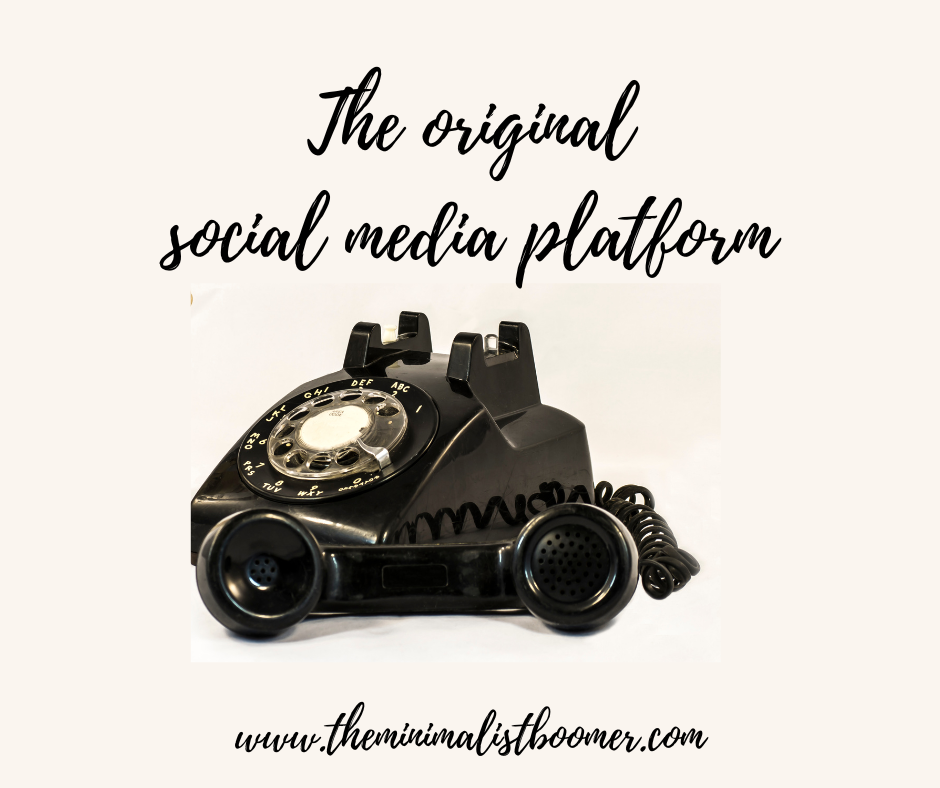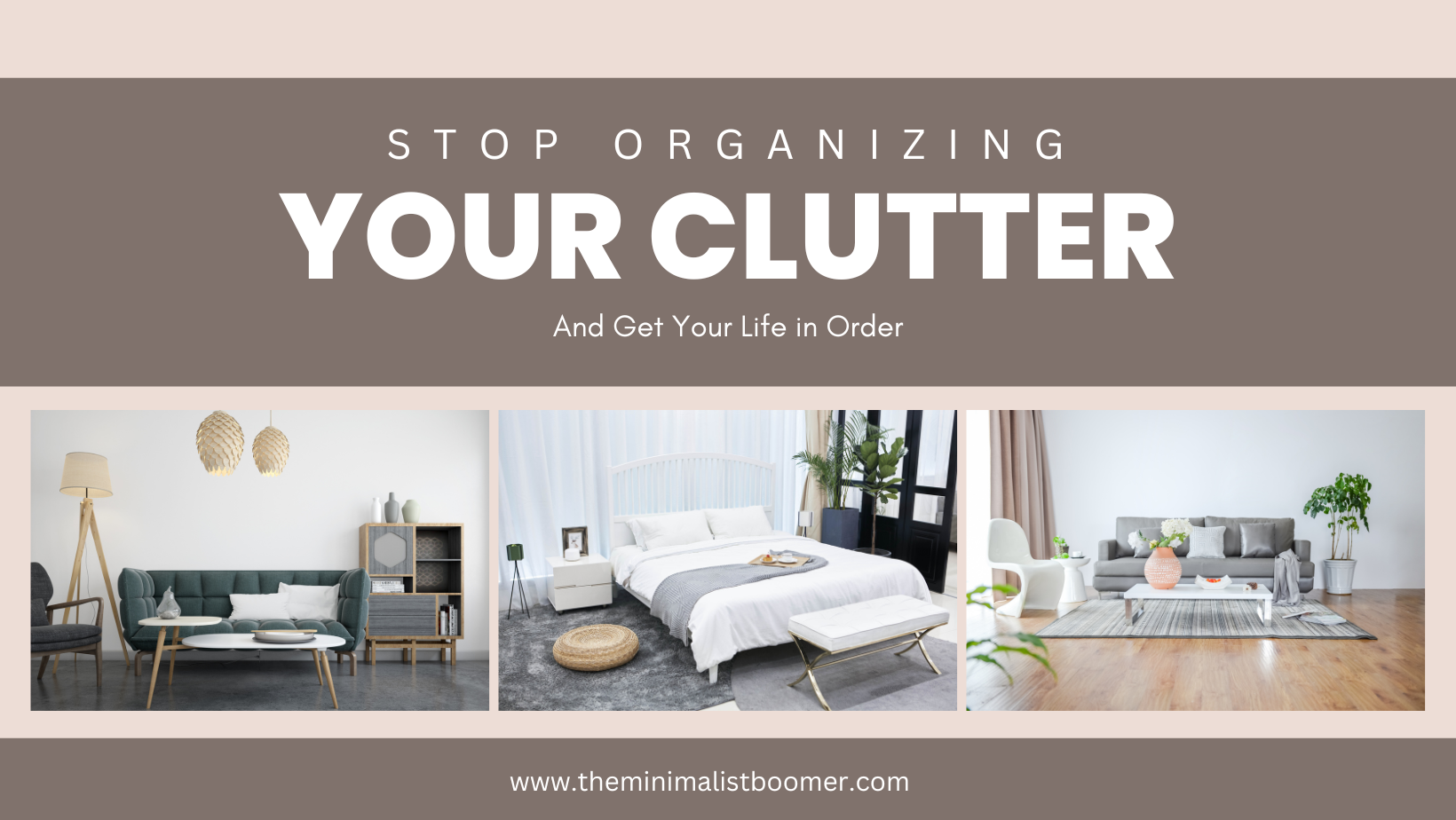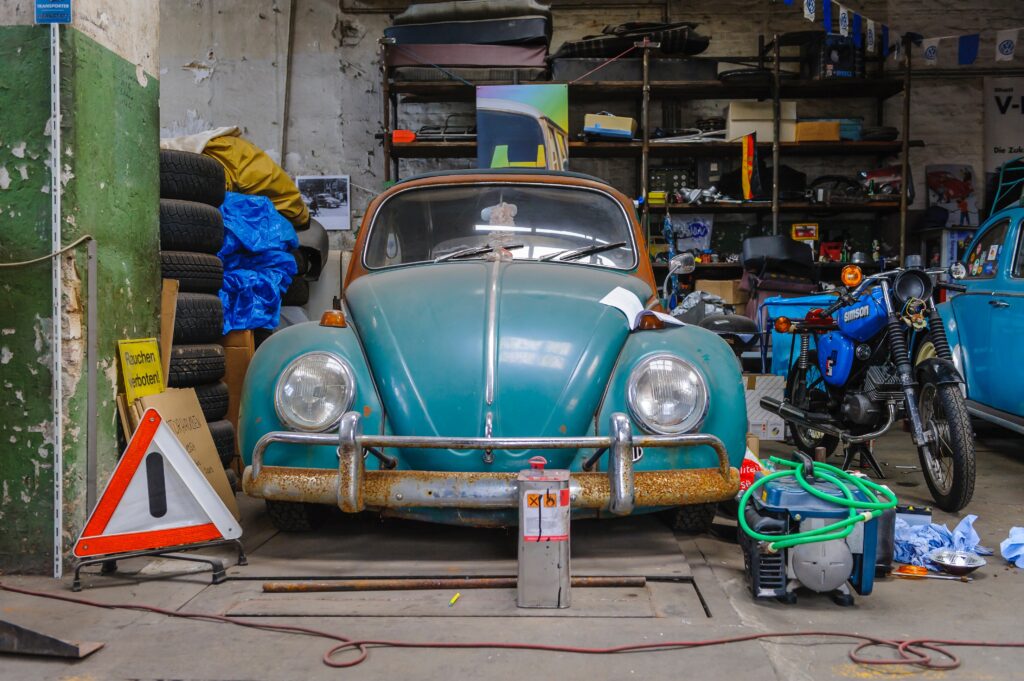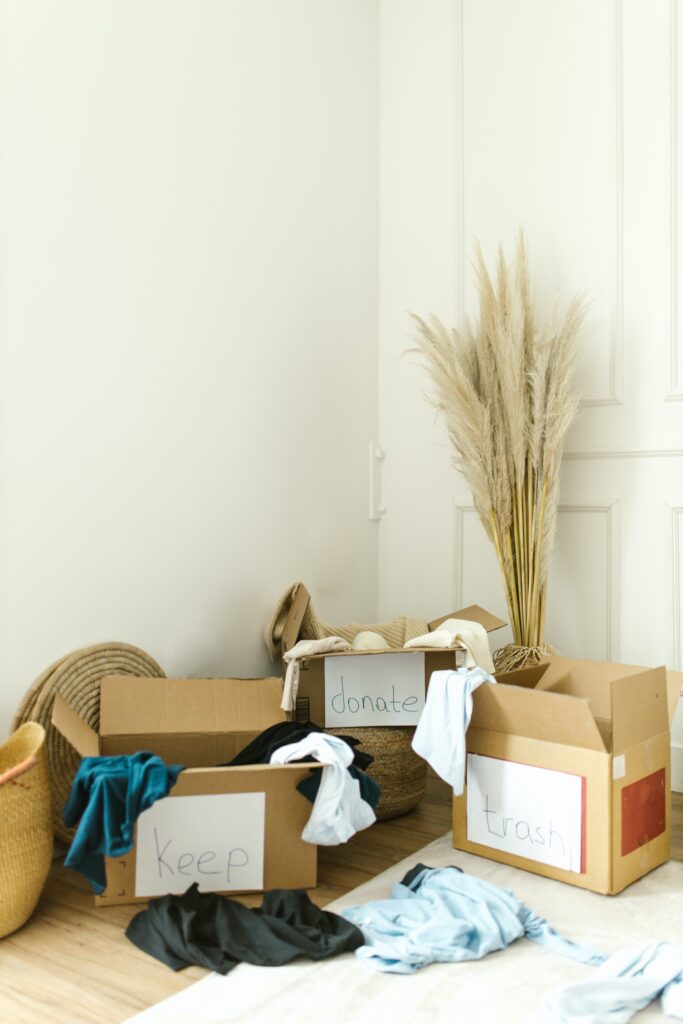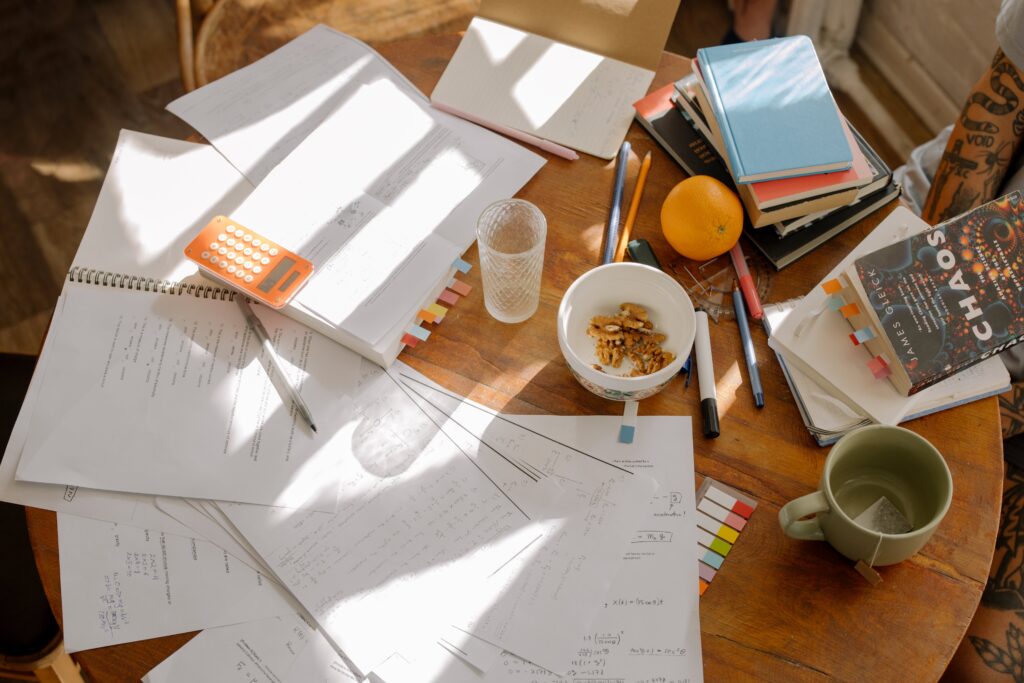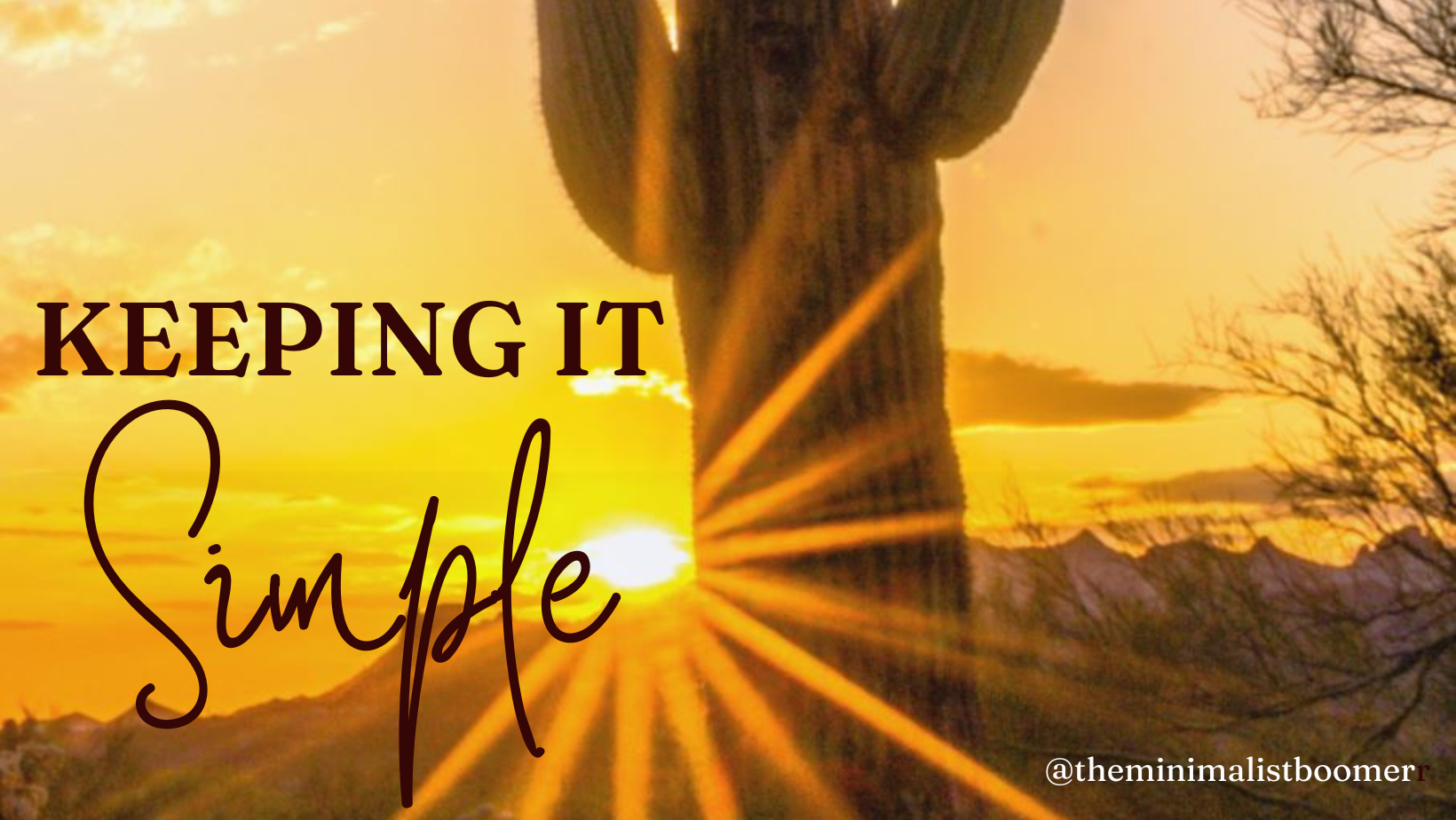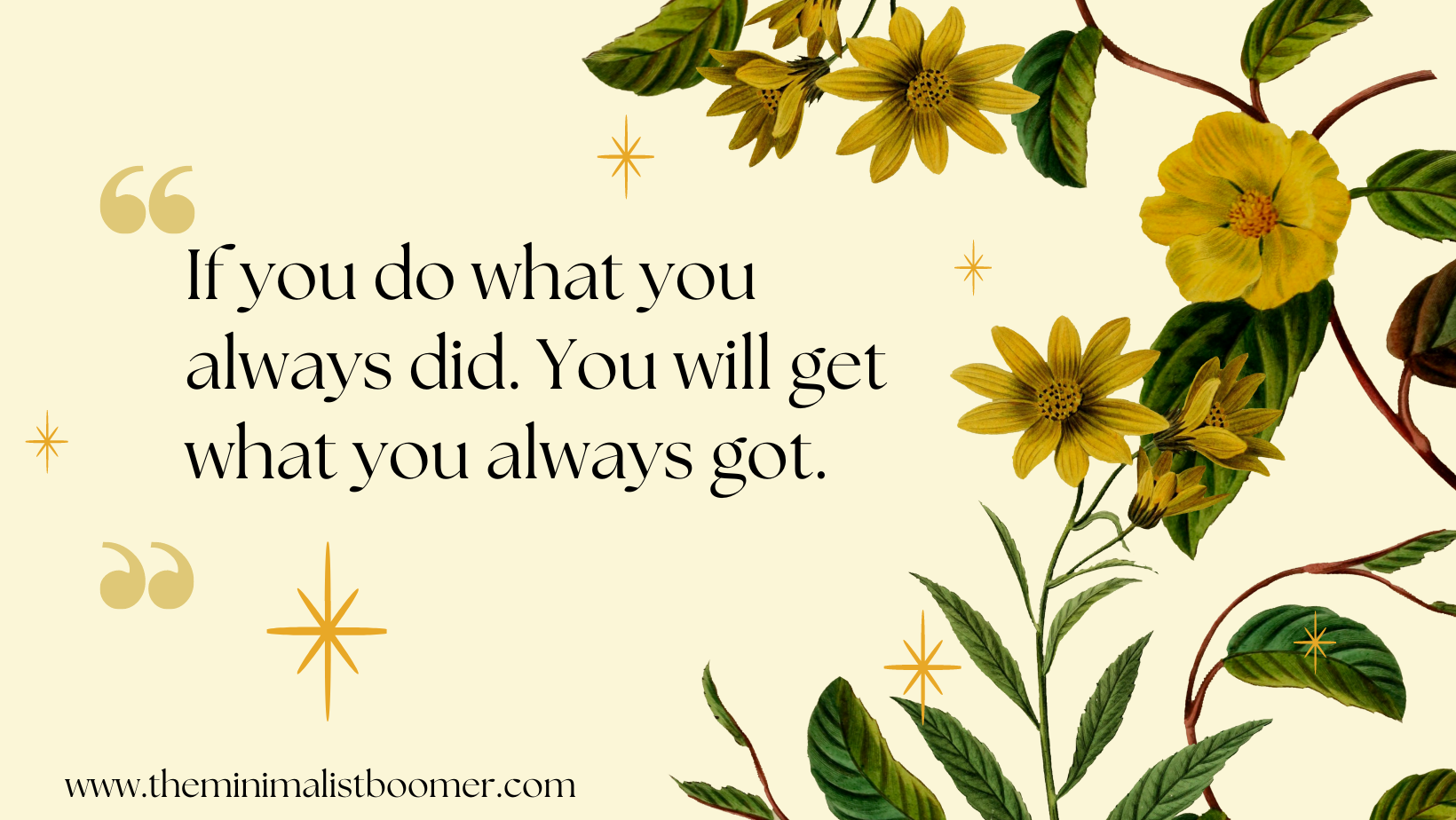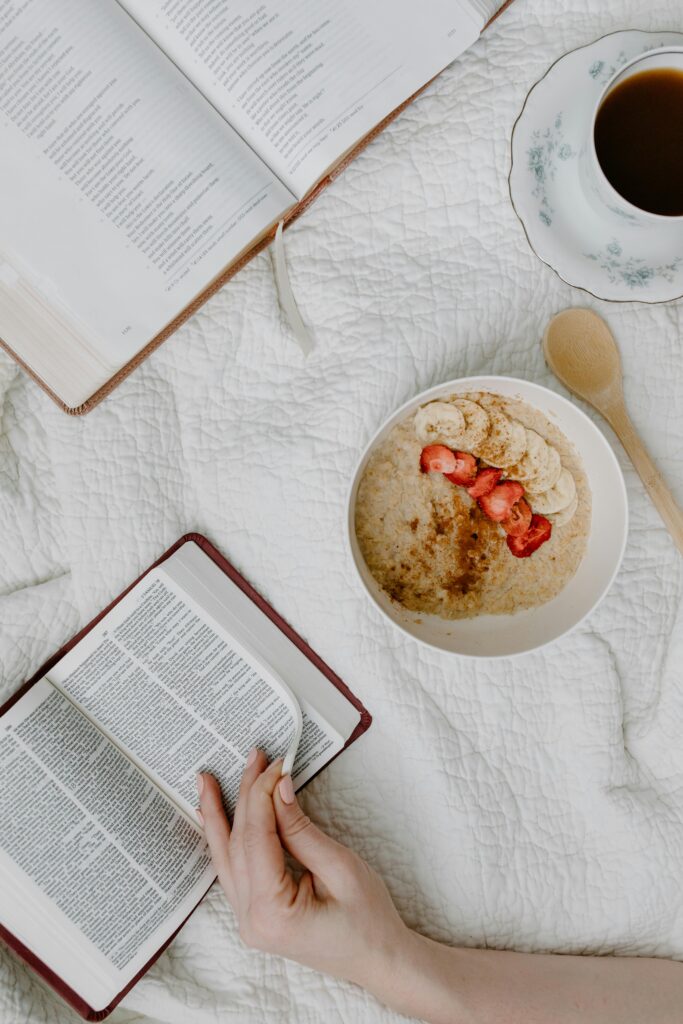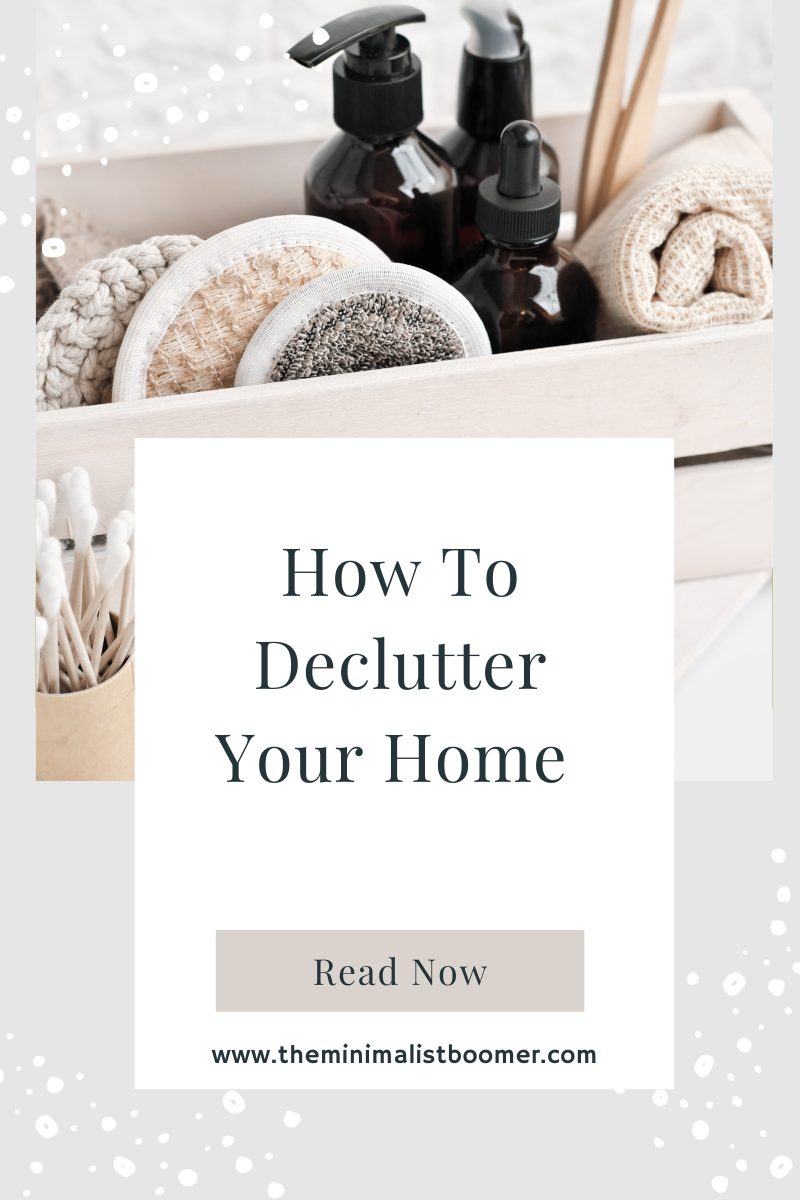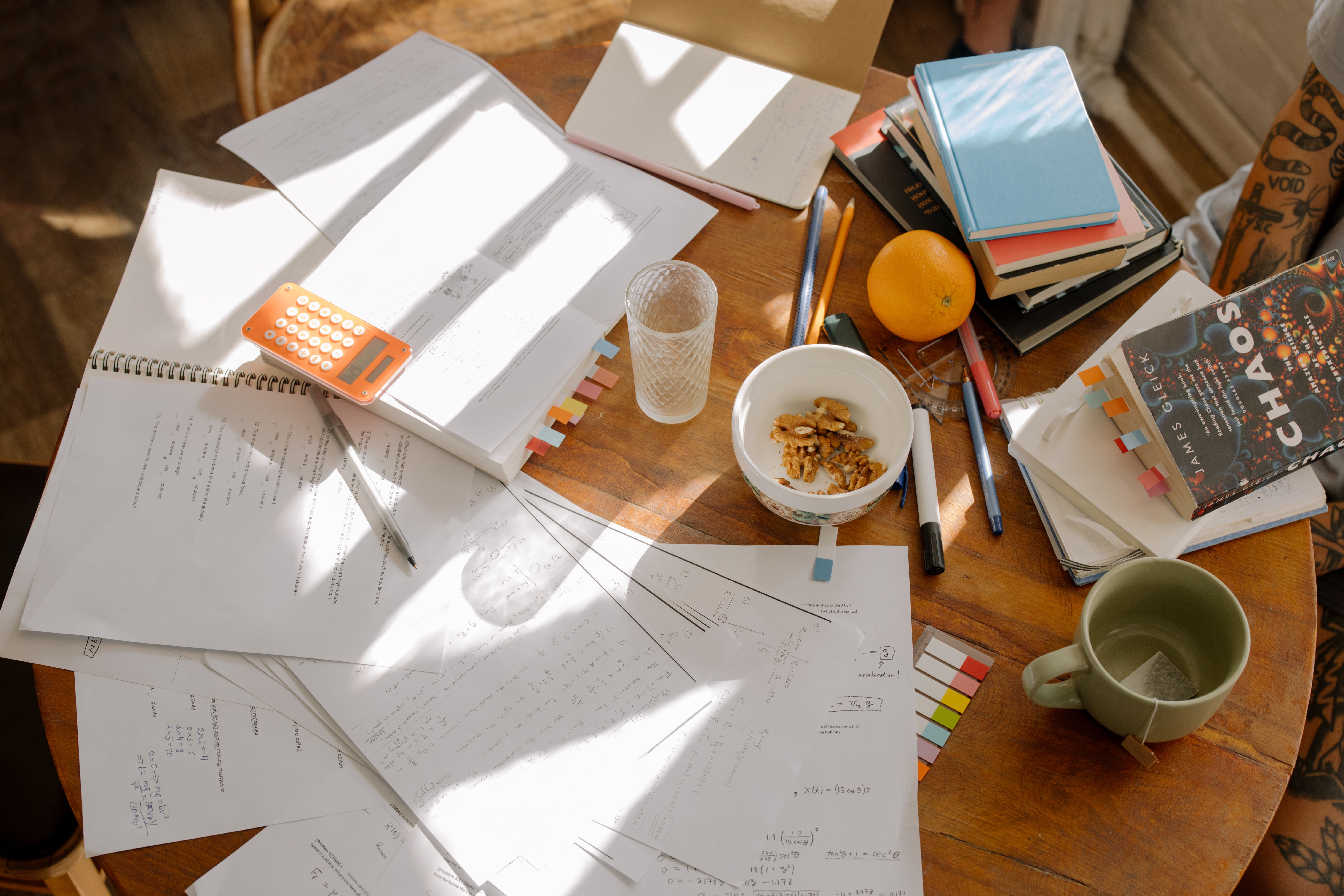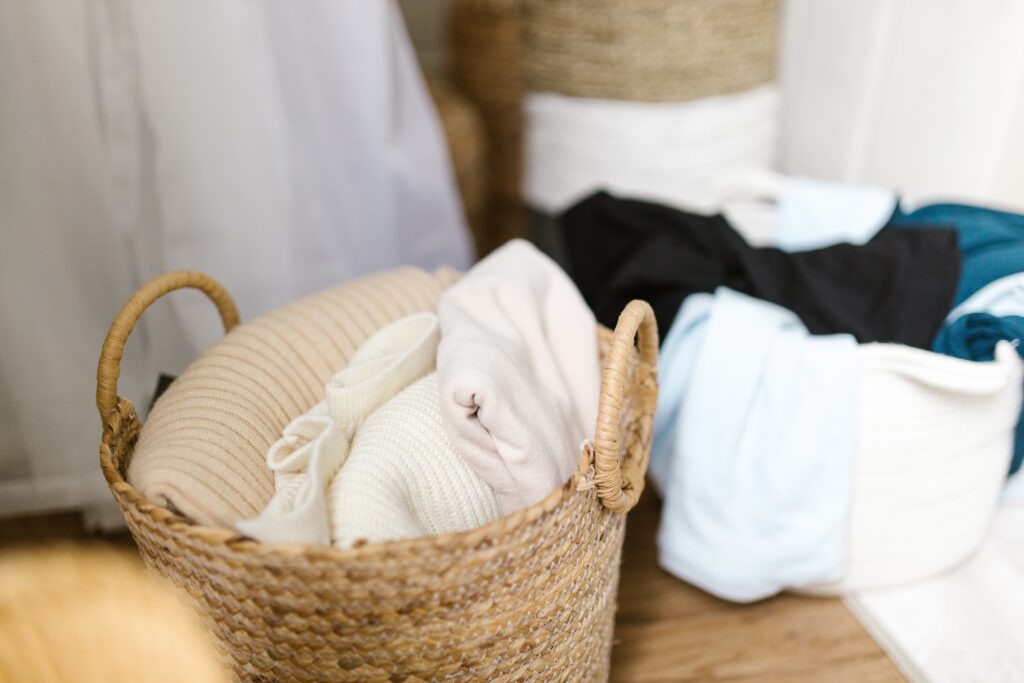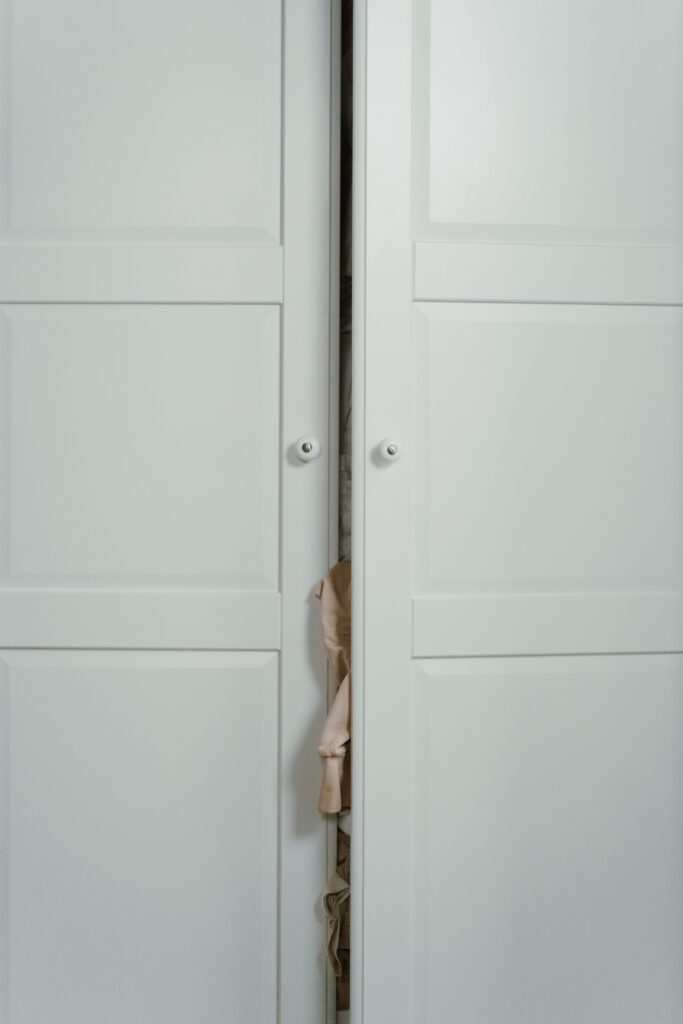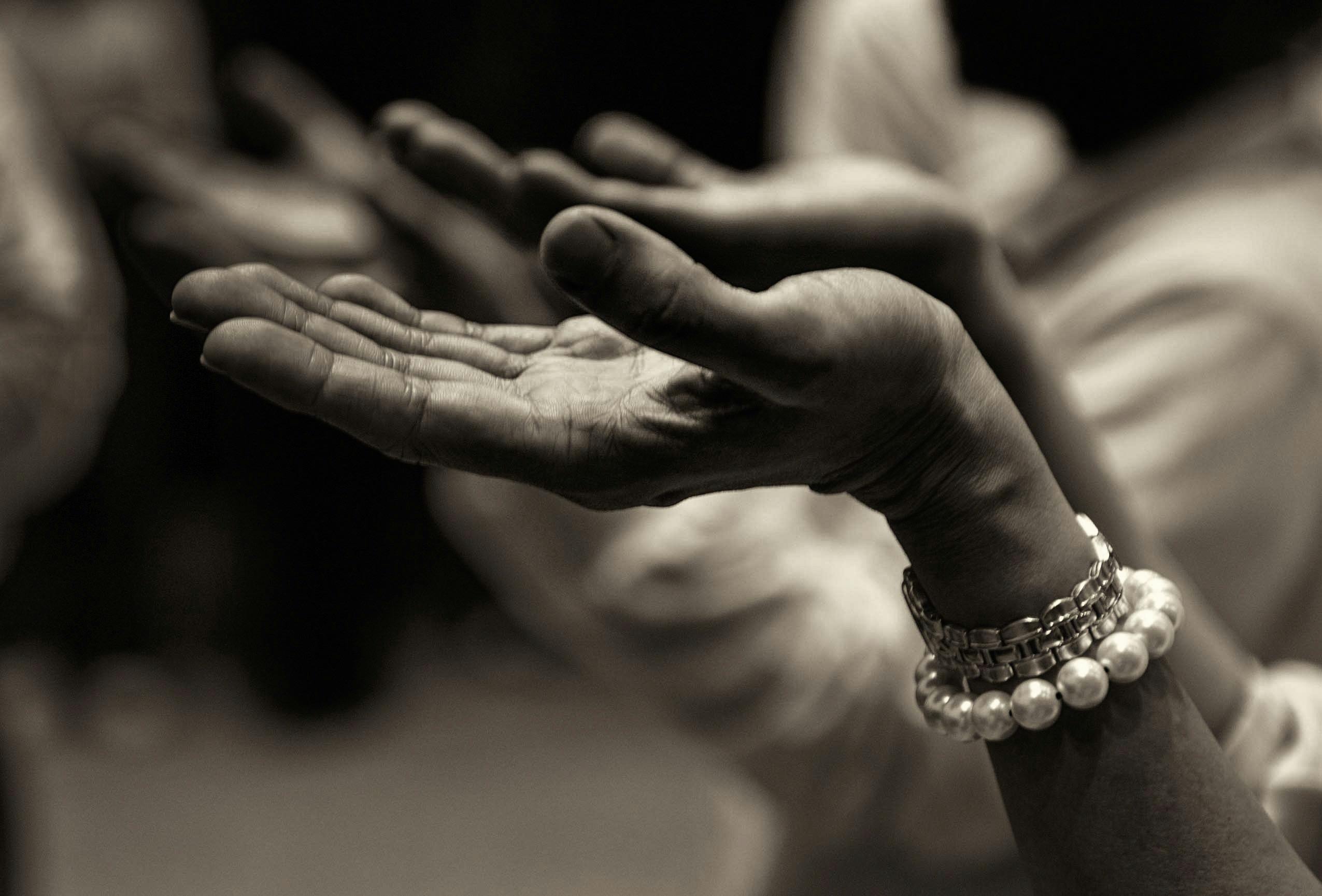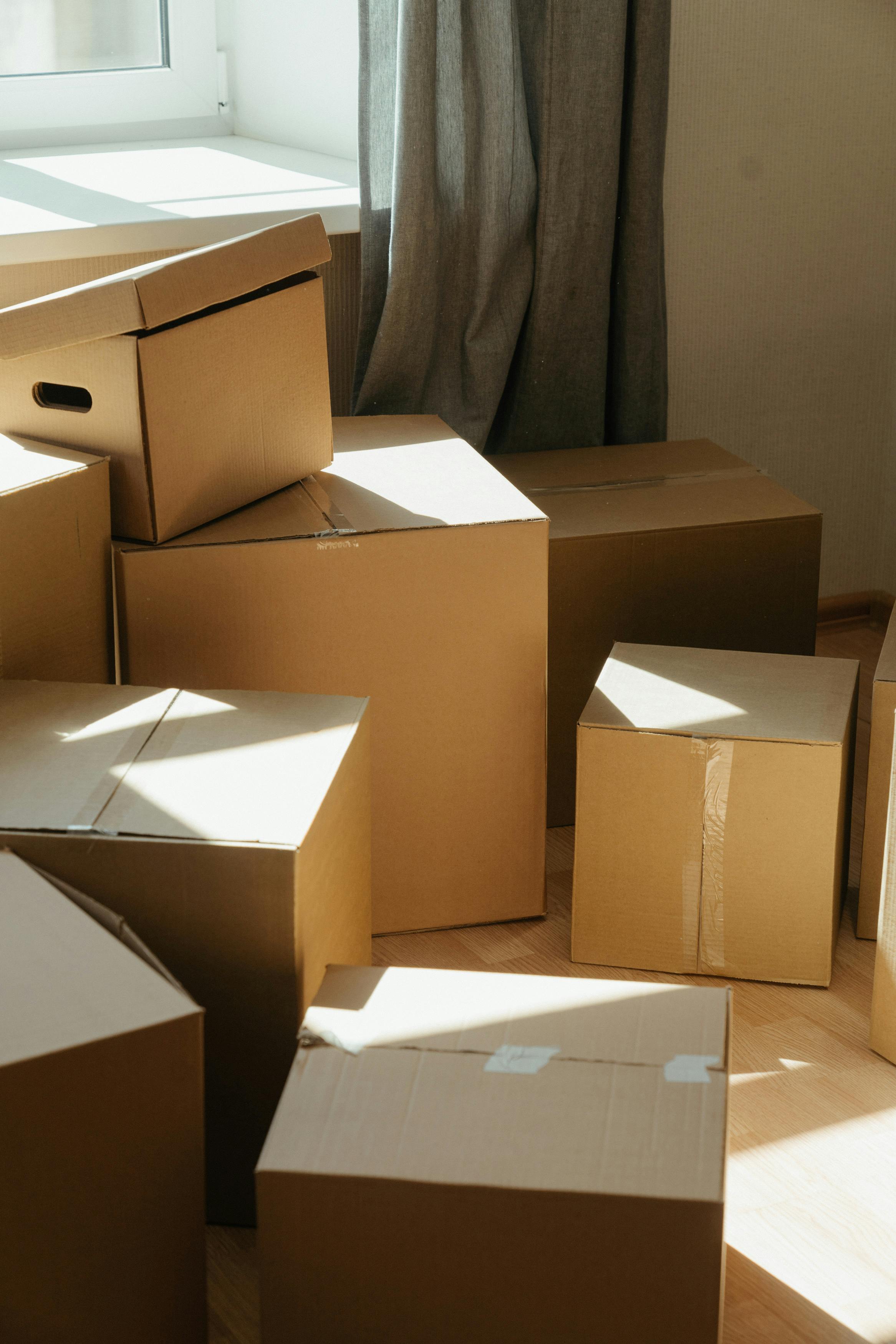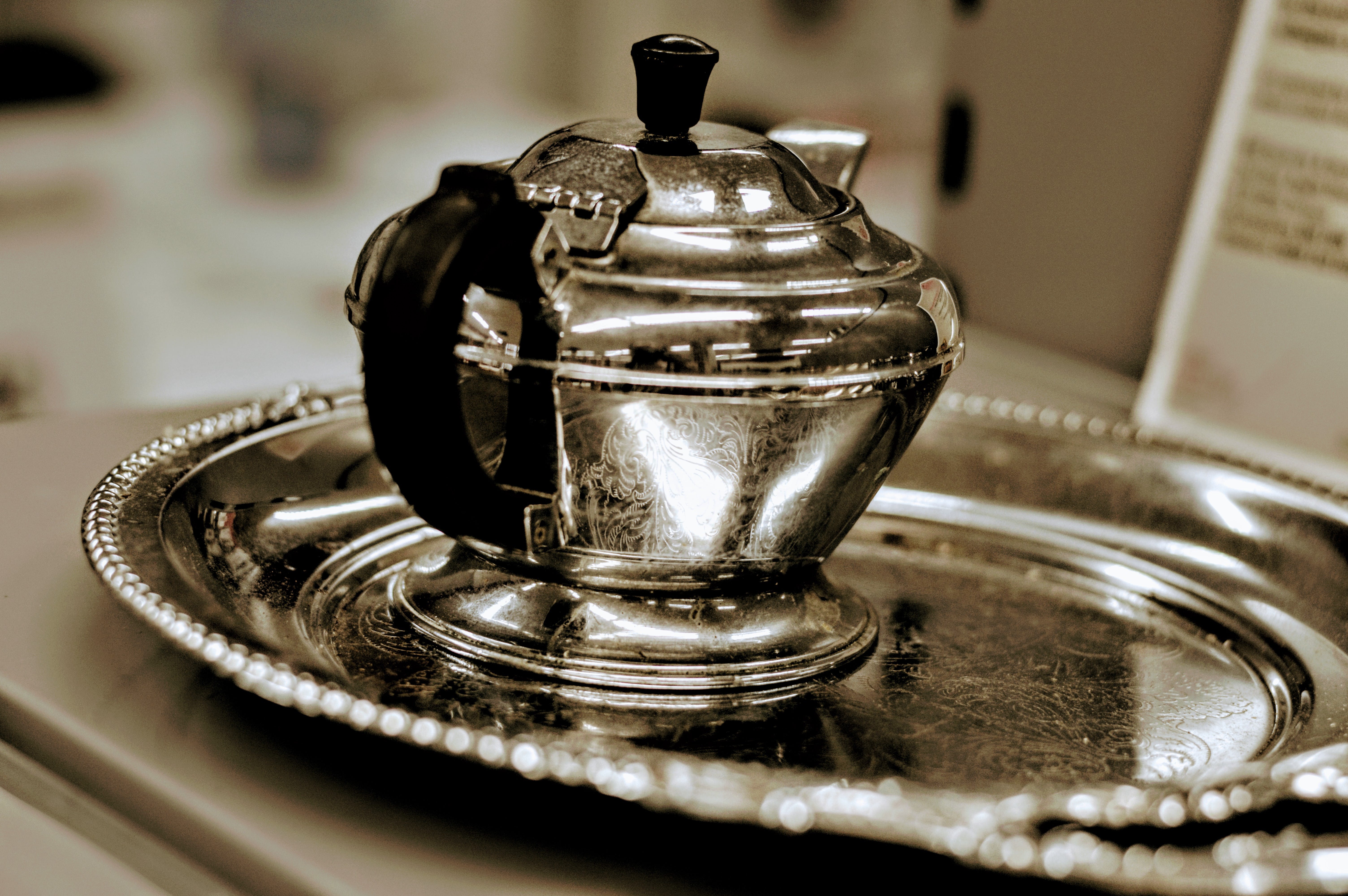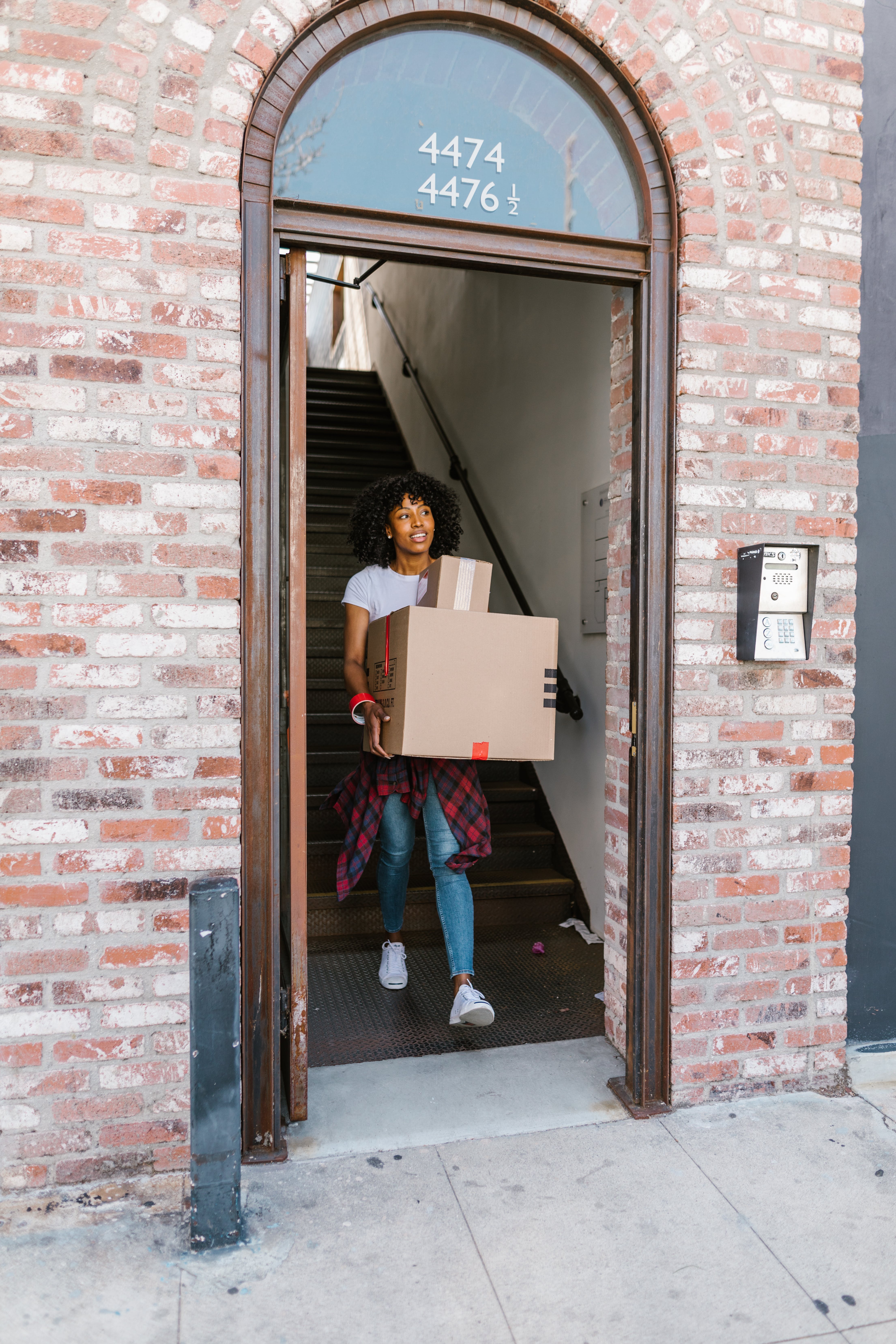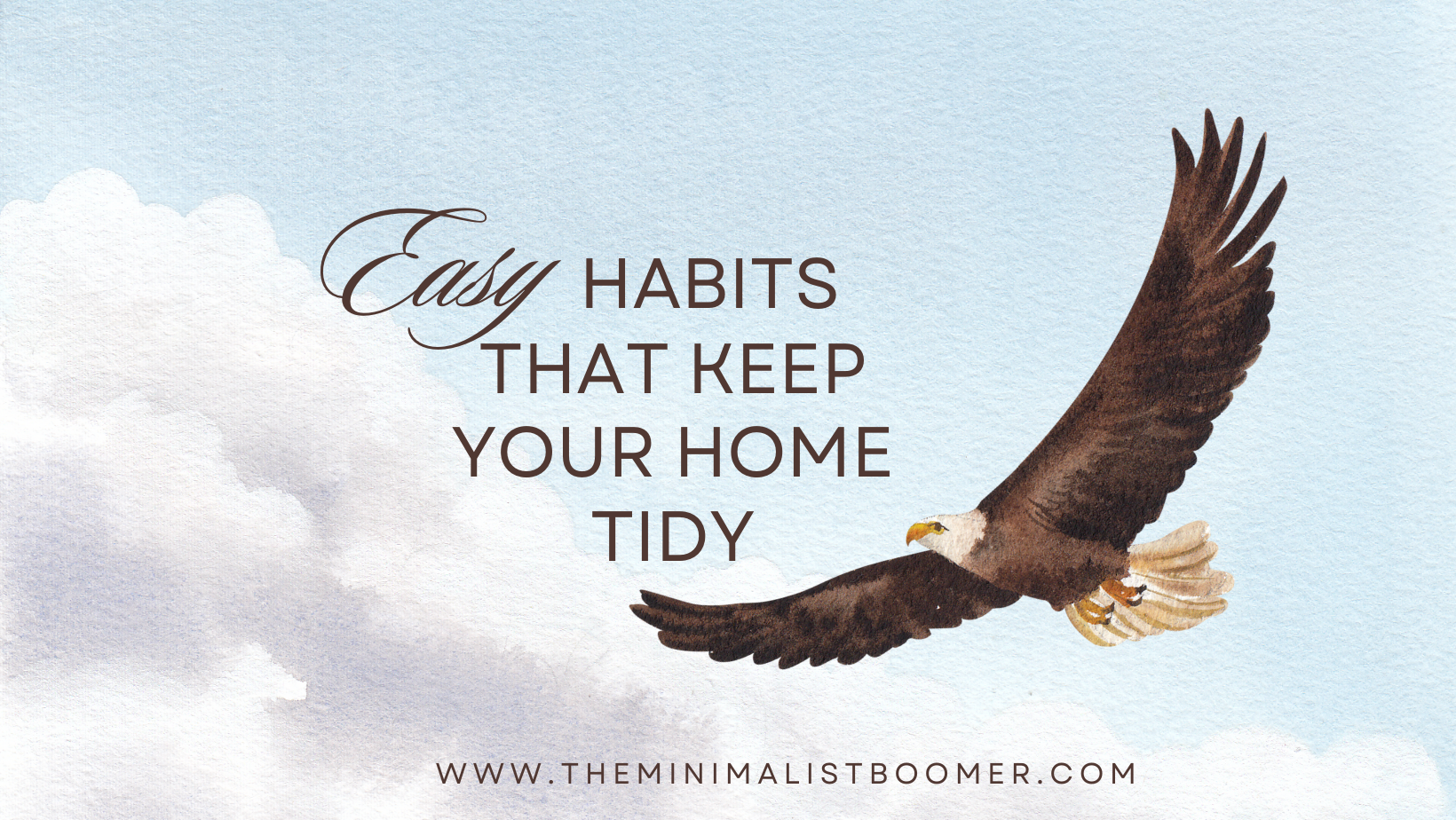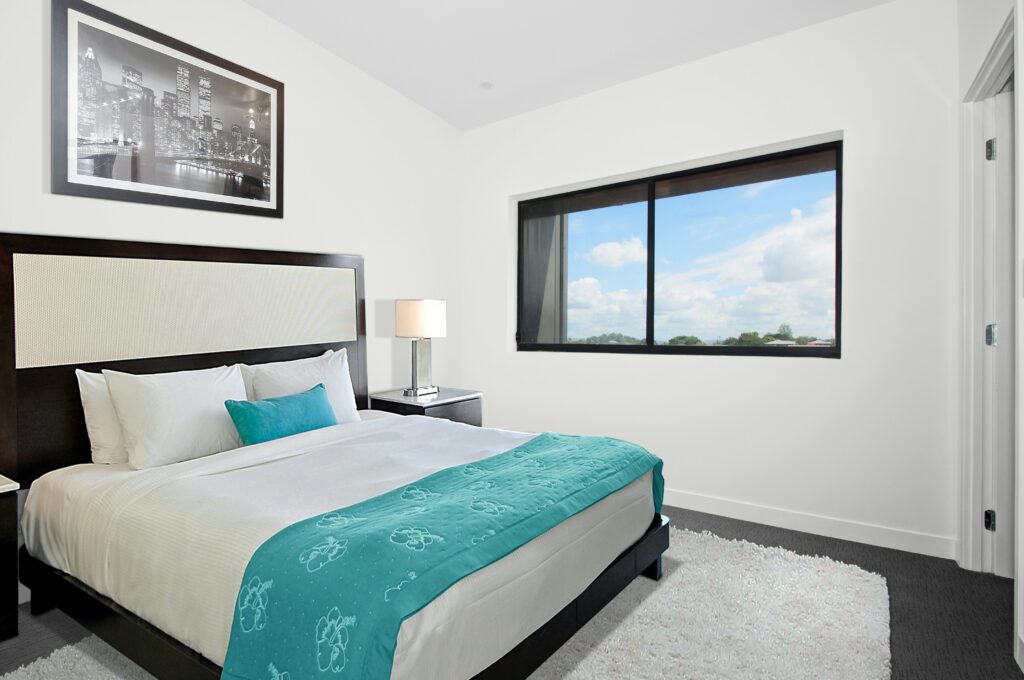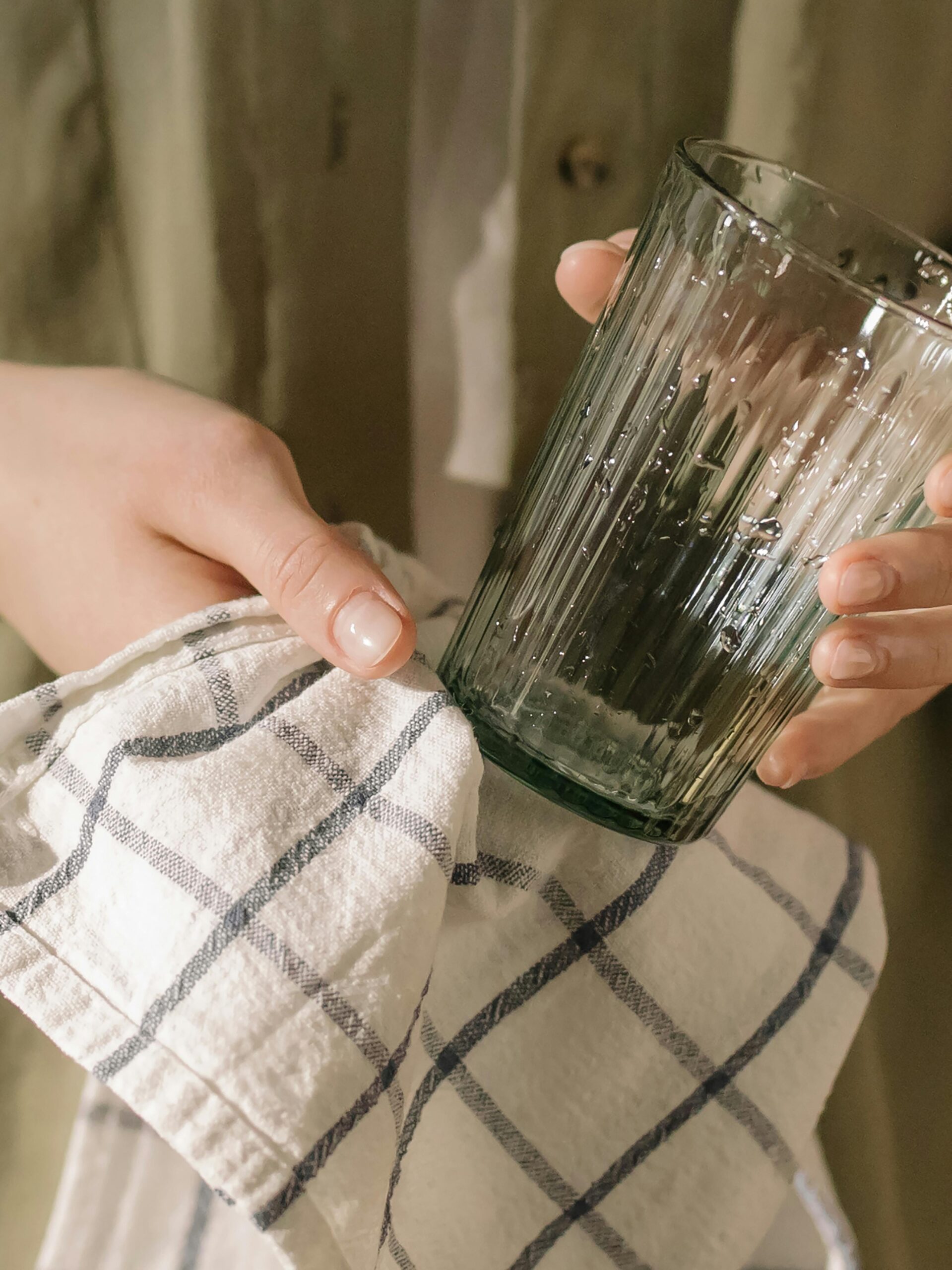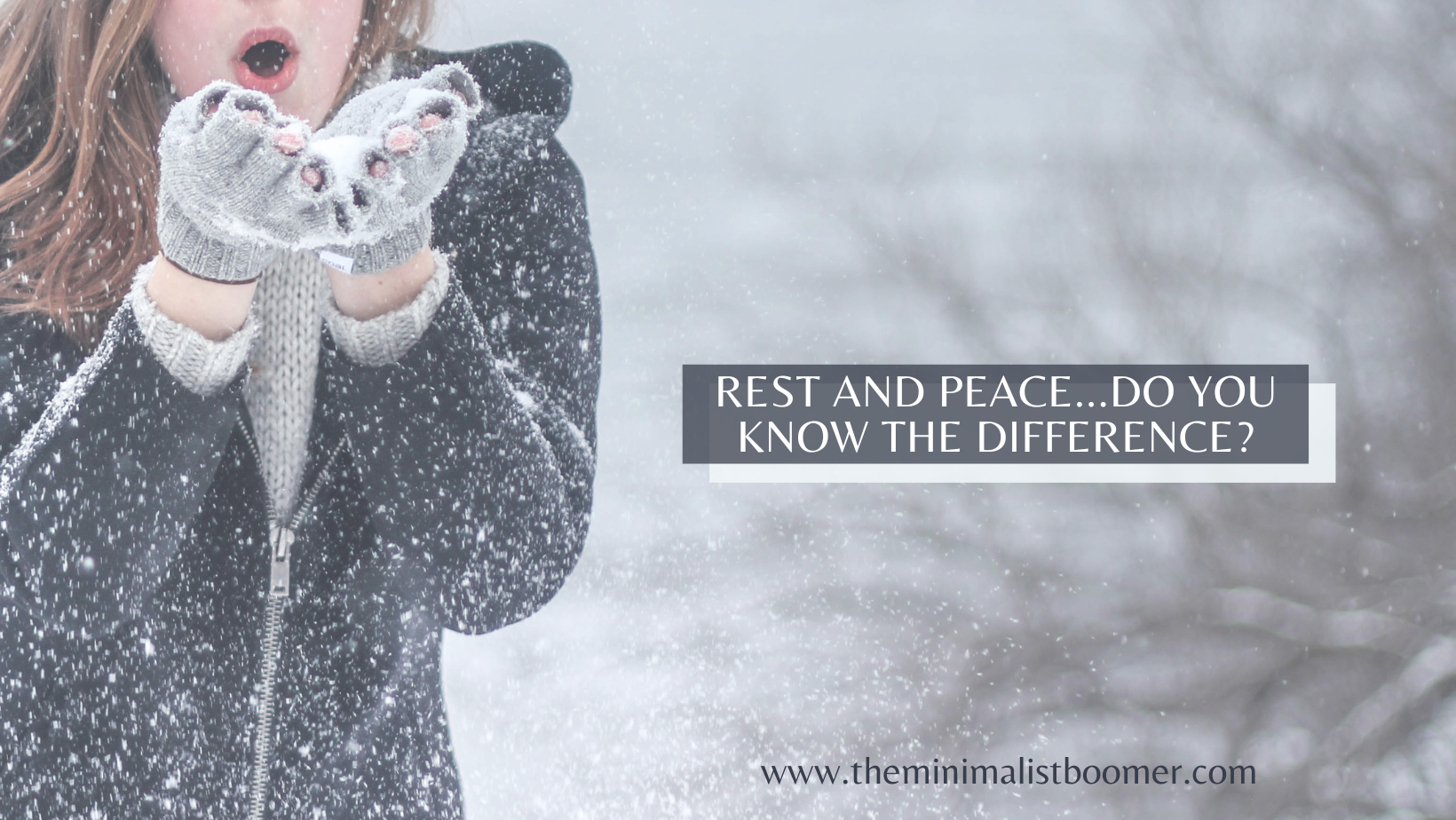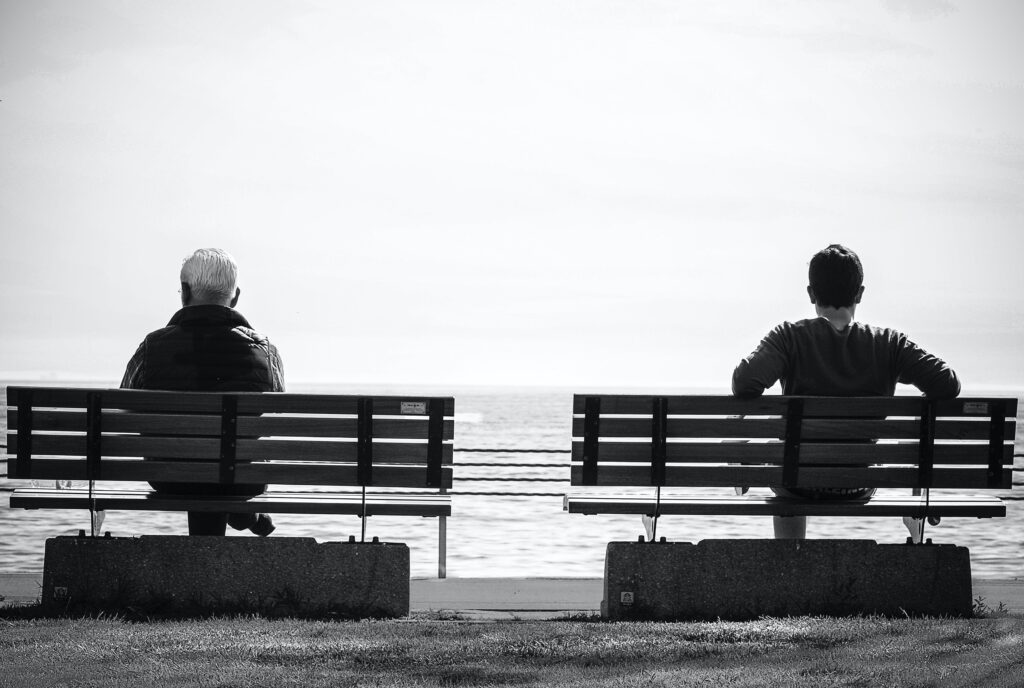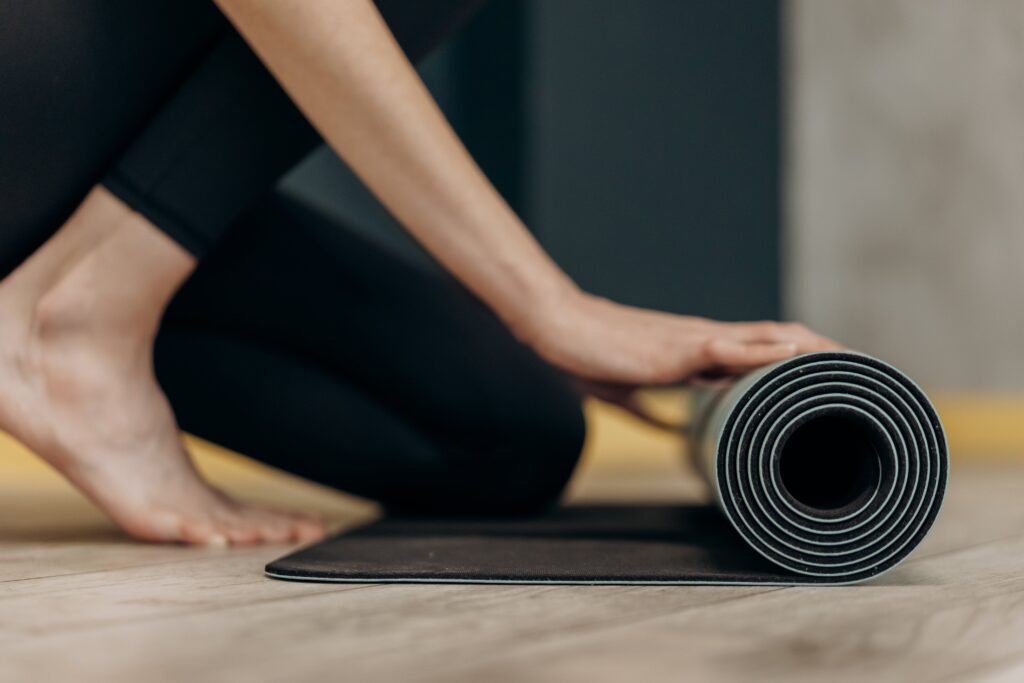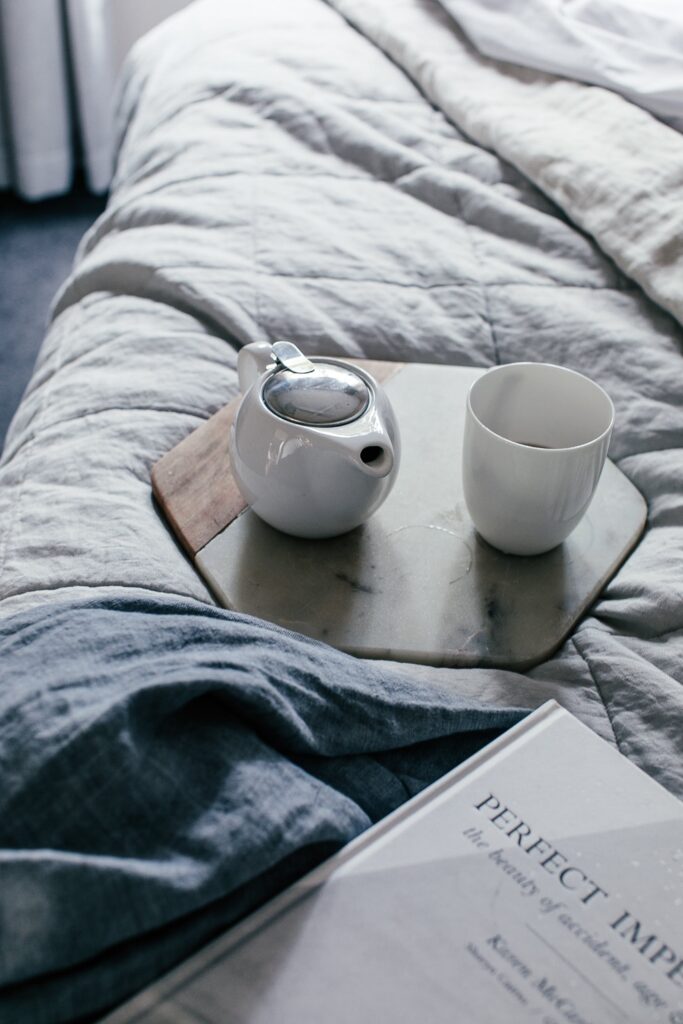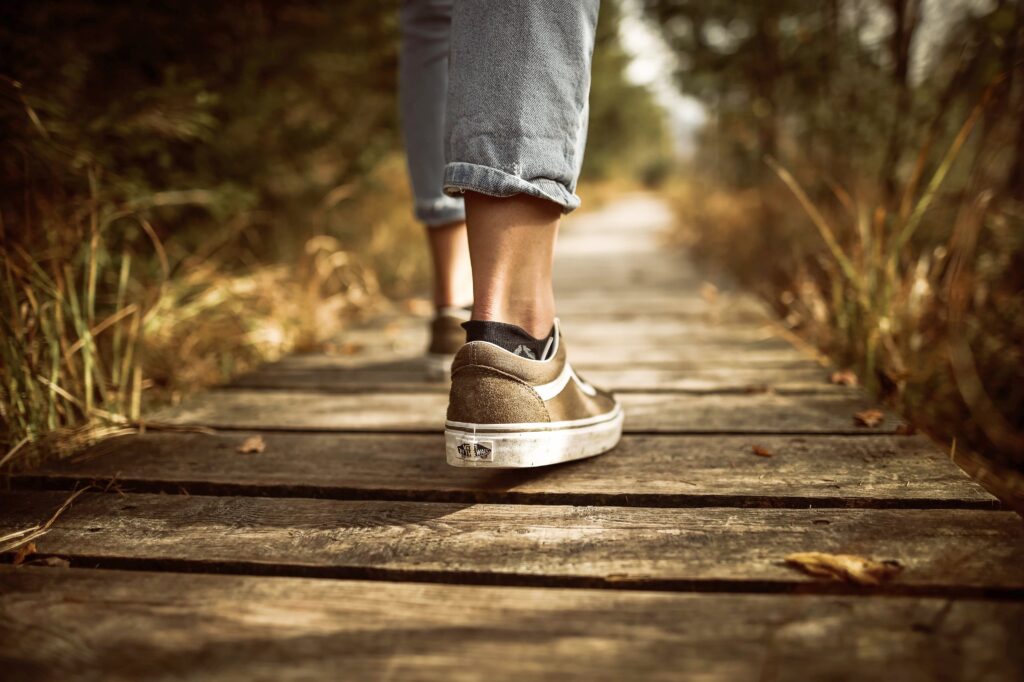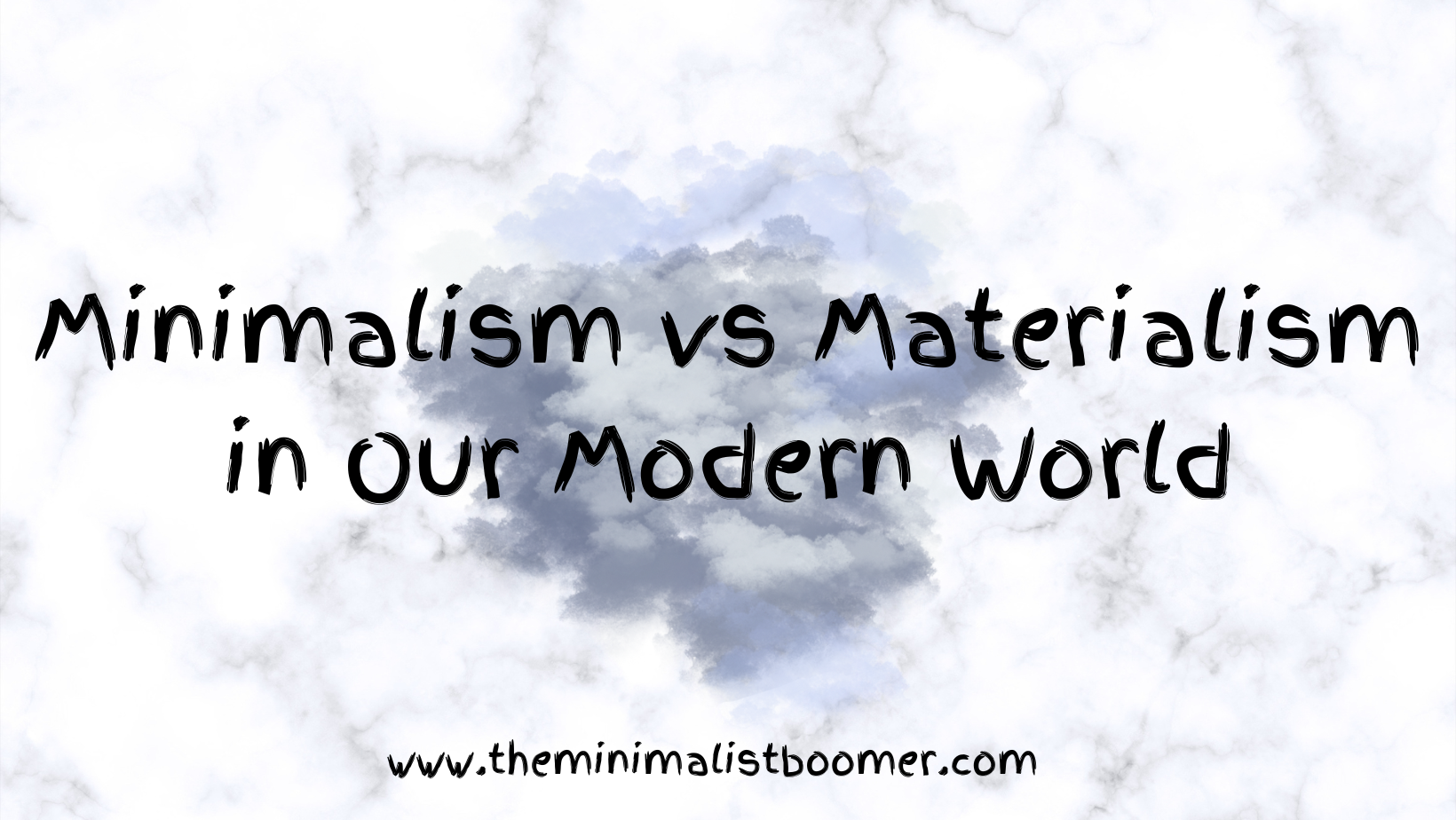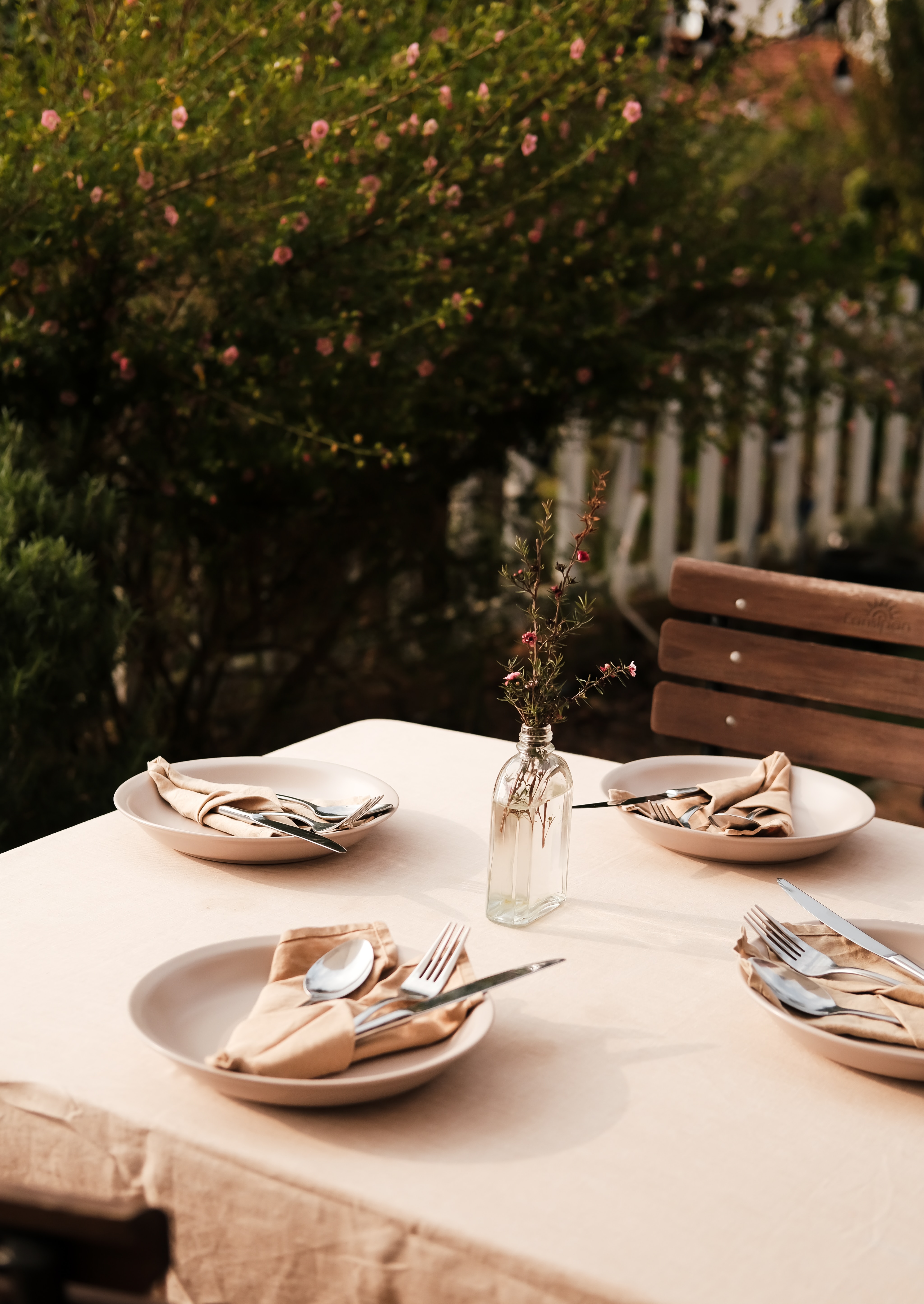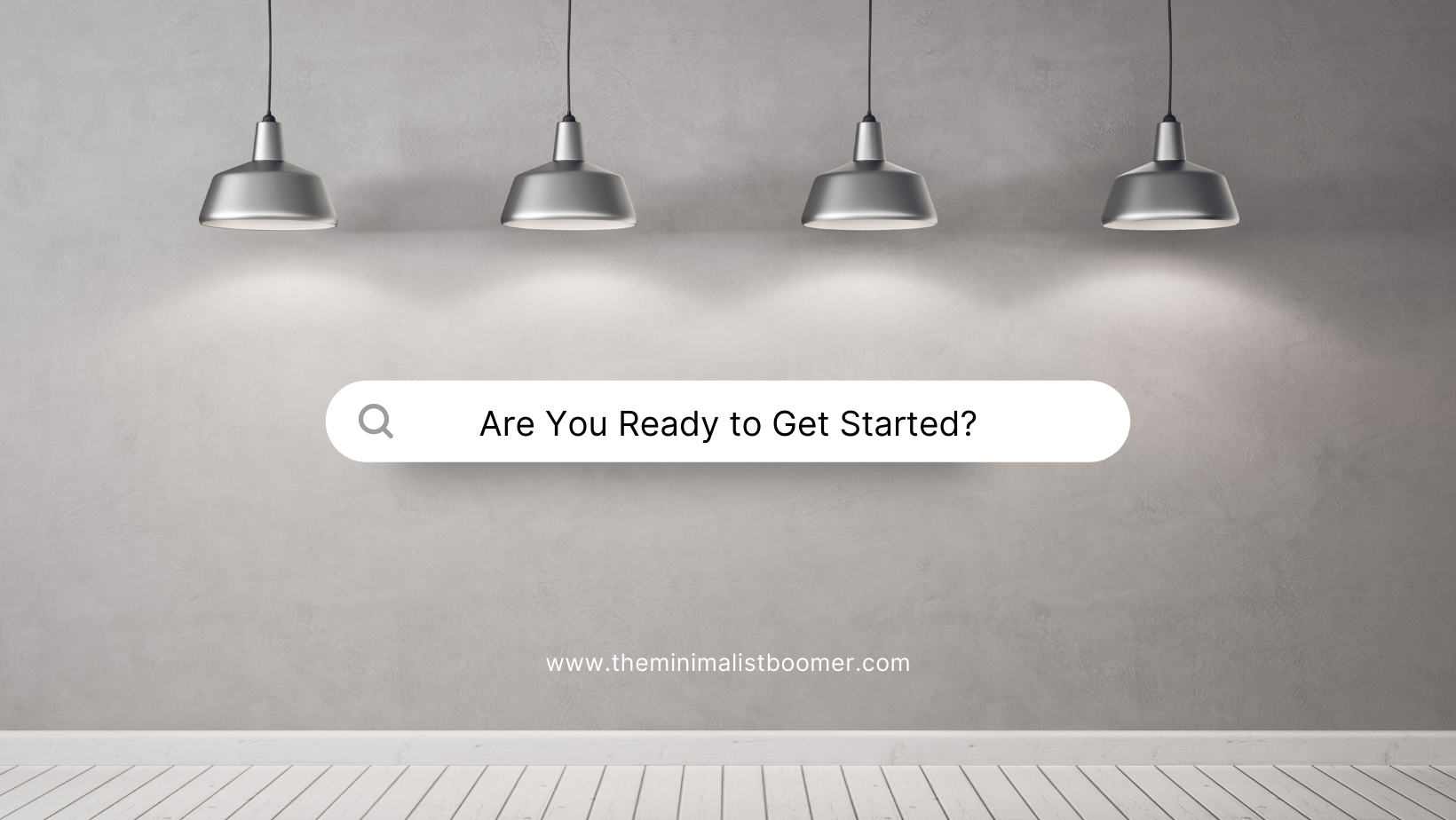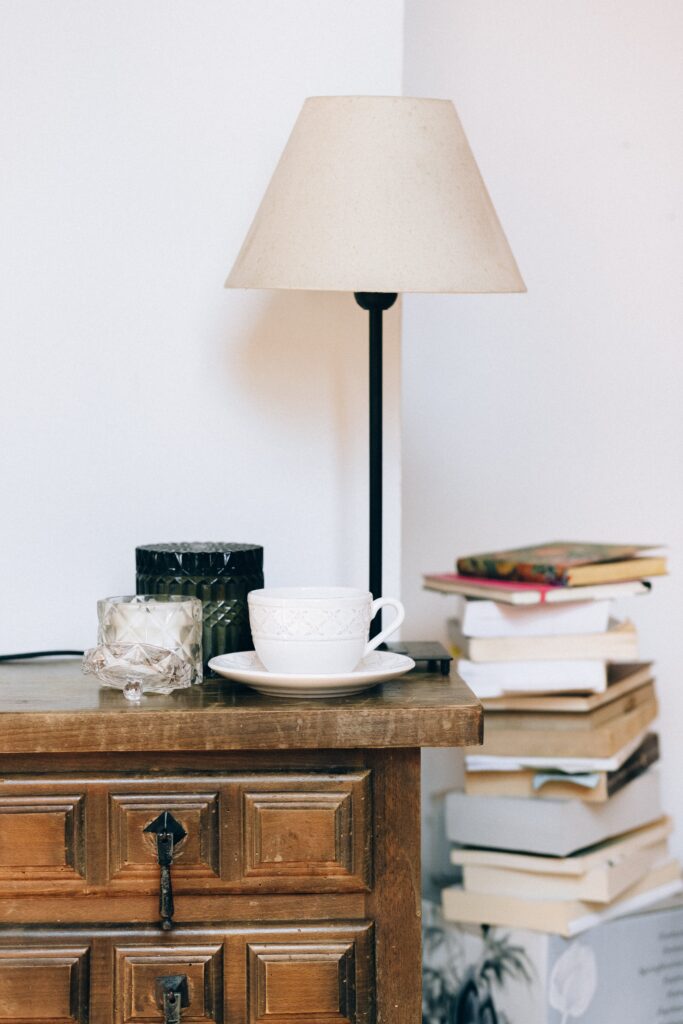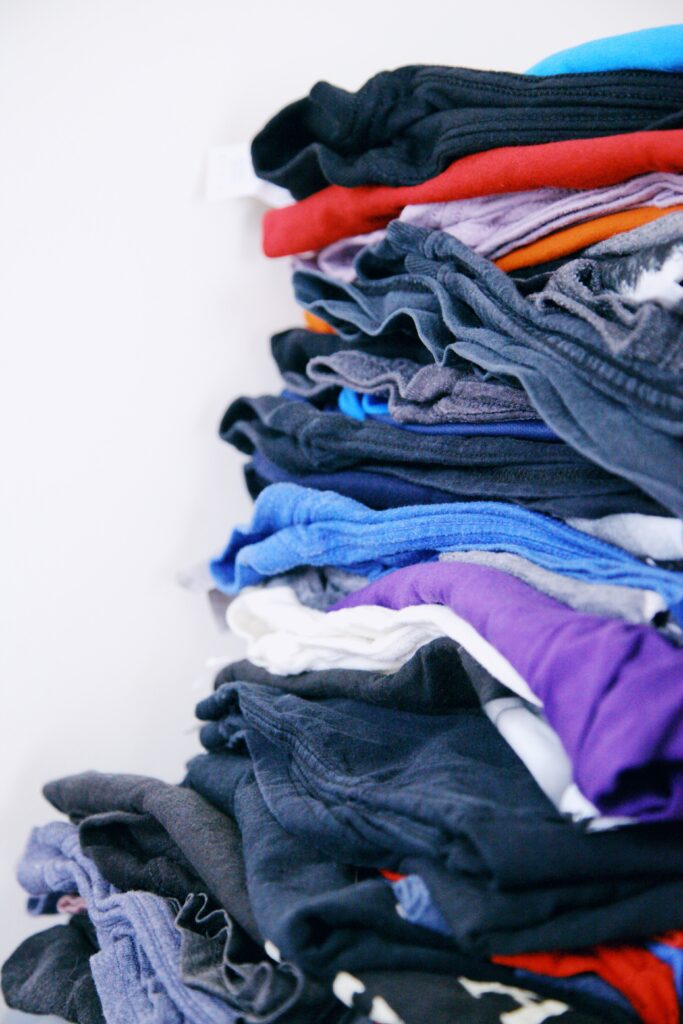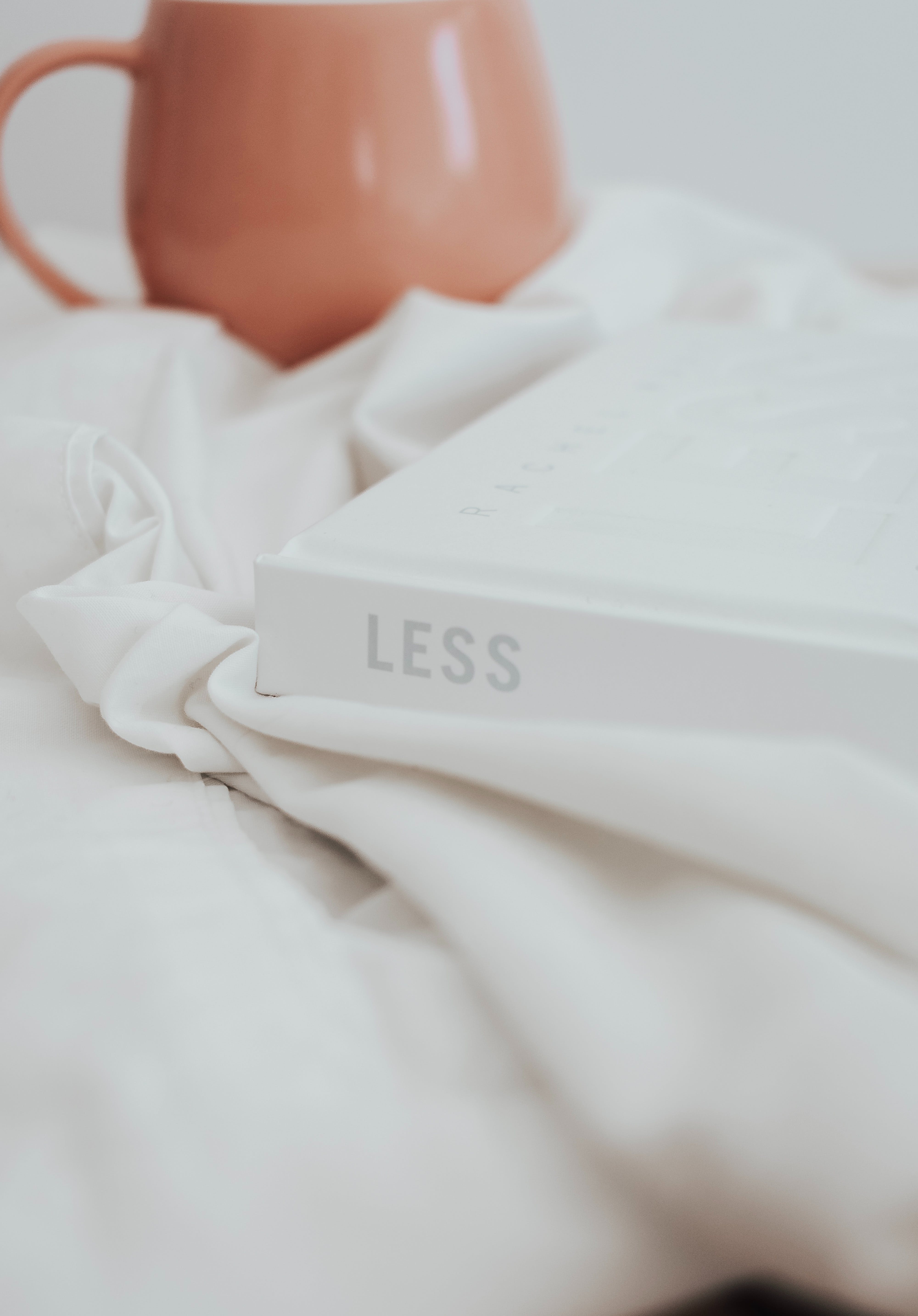Do you remember a time when the phone was connected to the wall? I sure can! Growing up, we had one phone in the house, and it was in the kitchen. It had a very long cord, and I could drag it around the corner to have a little privacy when I wanted to talk to a friend. But that was it. Kids these days are “glued” to their phones. But it isn’t just the kids. How many of us sleep with our phone right next to our bed and rarely leave home without it? Guilty!
” I can remember begging my parents for a phone of my own to keep in my room!” – The Minimalist Boomer
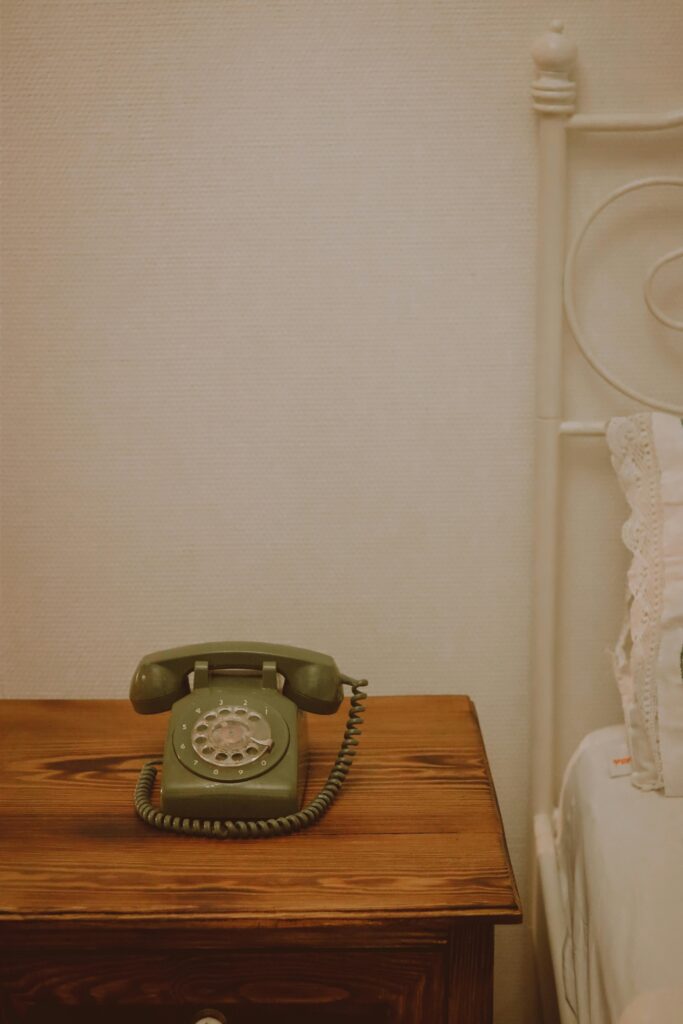
Back then, people seemed to have a sense of freedom that we struggle to find today. The nostalgia surrounding the era when phones were physically tied down brings a bittersweet longing for simpler times.
Today, technological distractions constantly pull our attention in different directions. The constant notifications, messages, and alerts can leave us feeling overwhelmed and disconnected from the present moment. But what if we paused and reflected on a time when being “tied” to a phone meant the freedom to be truly present in our surroundings?
This contemplation can start a conversation about the impact of technological advancements on our daily lives. Are we liberated by our devices, or have we unknowingly become enslaved to them? Let’s talk about the complexities of these distractions and uncover the essence of freedom in a world where being “tied” to a phone holds a different meaning.
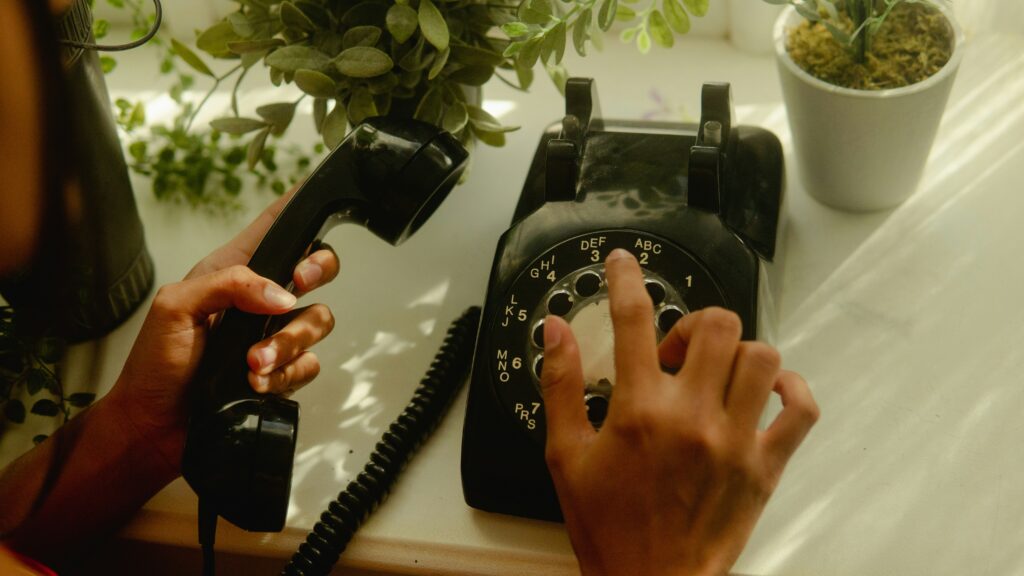
The Evolution of Communication Technology
Communication technology has come a long way, transforming the way we connect with one another. From the days when wired phones tethered us to a specific spot to the advent of wireless communication, each advancement has brought us closer together…or has it?
Uninterrupted Conversations
When the phone was connected to the wall, conversations were sacred. People listened attentively, devoid of the myriad distractions that plague communication today. It was a time when the voice on the other end held our undivided attention, creating deep and meaningful connections.
Rediscovering Freedom from Distractions
We often find ourselves constantly connected to technology, bombarded with notifications and distractions that can take a toll on our mental well-being. Rediscovering freedom from these technological distractions is essential for reclaiming our personal space and mental clarity.
“The shared family phone served as an anchor for home. Home is where you could be reached.” – Luke Fernandez
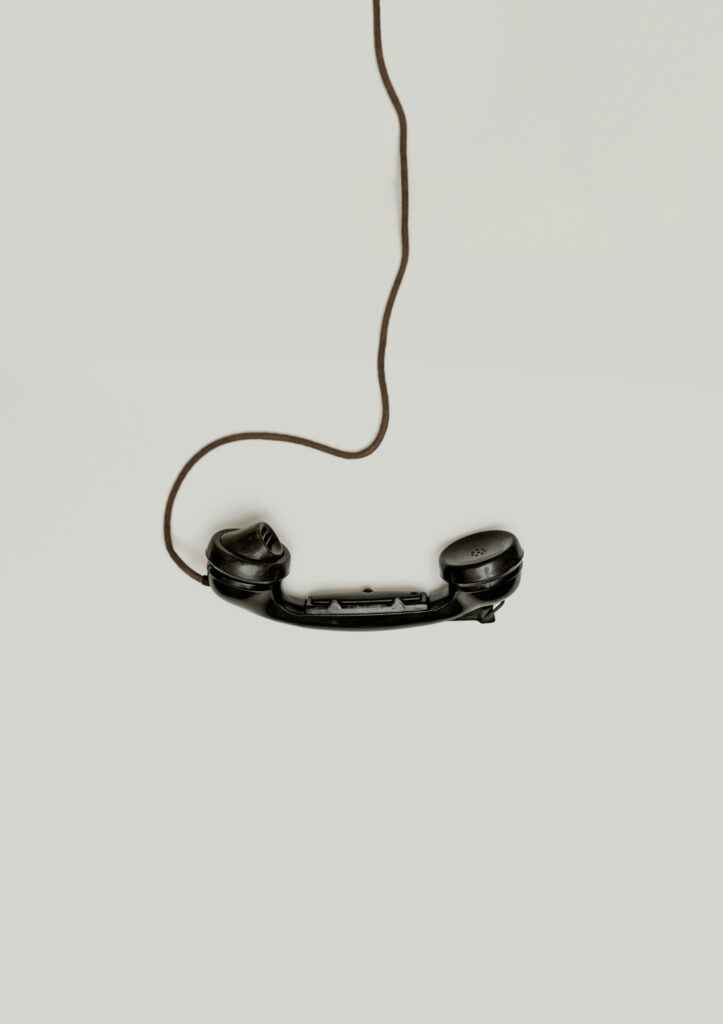
Embracing Unplugged Moments
One way to rediscover freedom is by embracing unplugged moments. Here are some tips on how we can reclaim our freedom by disconnecting from constant connectivity:
- Create Tech-Free Zones: Designate specific areas in your home where technology is not allowed to create spaces for relaxation and connection.
- Set Boundaries: Establish boundaries for technology use, such as turning off notifications during specific times to focus on genuine human interactions.
- Engage in Offline Activities: Spend time engaging in activities that do not involve screens, such as reading a book, going for a walk, or playing board games.
Embracing the Moment
Before smartphones ruled our every waking moment, being tied to the wall meant embracing the present. Without the ability to carry our phones around, we were forced to engage with our surroundings, appreciating the beauty of the moment without the intrusion of technological distractions.
Back in the day, when the phone was tethered to the wall, our interactions were more intentional, and our focus was undivided. We look back on a time when conversations were cherished, and distractions were minimal. However, as we live day-to-day, we find ourselves entangled in a web of technological distractions, often losing sight of the freedom we once enjoyed.
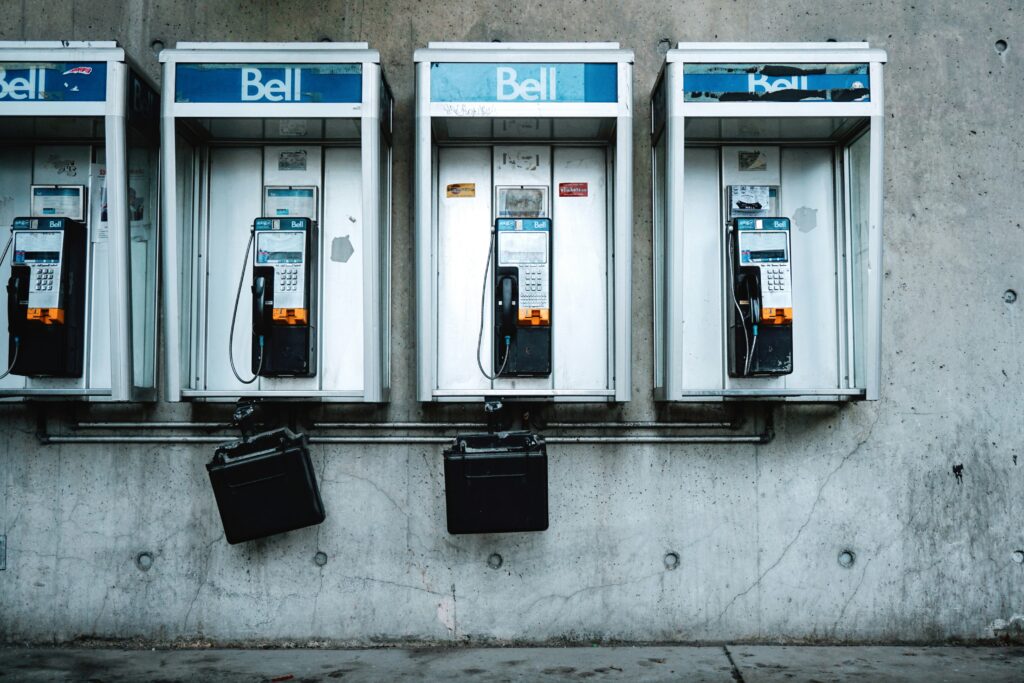
Reflecting on an era when the phone was connected to the wall evokes nostalgia for a simpler time when human connections were paramount. It reminds us of the freedom found in being physically tethered to a device, a stark contrast to the constant digital tether we experience today. Let’s cherish the moments of disconnection and rediscover the true essence of communication in a world filled with so many distractions.
This exploration into the past serves as a reminder that true freedom can sometimes be found in limitations, and perhaps it’s time to reconnect with the simplicity and anticipation of communication that thrived when the phone was just a humble instrument on the wall.

